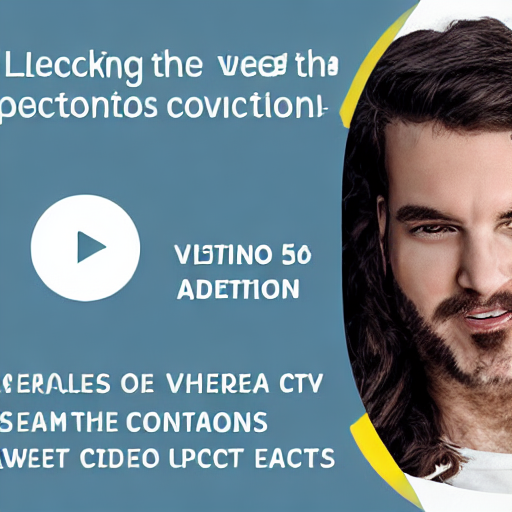

Video advertising on Google Ads has evolved dramatically. No longer just a supplementary format, Video Action Ads are now a powerful tool for driving conversions. This comprehensive guide delves into the intricacies of these ads, exploring their various formats, best practices, and strategies to maximize their effectiveness. We’ll move beyond the basics and provide actionable insights to help you transform your video campaigns into revenue generators.
For years, marketers struggled to effectively utilize video within Google Ads. The initial formats were often clunky and difficult to manage. However, Google has consistently refined its offerings, culminating in the robust Video Action Ads system. These ads aren’t just about getting views; they’re designed to directly influence user behavior – driving clicks, leads, and ultimately, conversions. Understanding the nuances of these ads is crucial for any business looking to leverage the power of video in its digital marketing strategy. This article will equip you with the knowledge to create, manage, and optimize Video Action Ads for optimal performance.
Google offers several Video Action Ad formats, each suited for different campaign objectives and creative approaches. Let’s examine the key options:
Each format has different requirements regarding video length, aspect ratio, and creative elements. Careful consideration of your target audience and campaign goals is essential when selecting the appropriate format.
Effective targeting is paramount to the success of any Google Ads campaign, and Video Action Ads are no exception. Google provides a granular level of control, allowing you to reach the most relevant audience. Here’s a breakdown of the key targeting options:
Combining multiple targeting options can significantly improve your campaign’s performance. For example, you could target users who are interested in “fitness” and have recently visited websites related to “weight loss.”
The creative elements of your Video Action Ads are just as important as your targeting. Here are some best practices to ensure your videos capture attention and drive conversions:
A/B testing different creative elements – headlines, thumbnails, calls to action – is highly recommended to identify what resonates best with your audience.
Continuous monitoring and optimization are essential for maximizing the return on investment of your Video Action Ads. Google provides a wealth of data to help you track performance and make informed decisions. Here’s how to approach measurement and optimization:
Don’t just rely on vanity metrics like views. Focus on metrics that directly impact your bottom line.
Once you’ve mastered the basics, you can explore more advanced strategies to further optimize your Video Action Ads:
These advanced strategies require a deeper understanding of Google Ads and a willingness to experiment.
Video Action Ads offer a powerful way to reach your target audience and drive conversions. By following the best practices outlined in this guide – from targeting and creative optimization to measurement and advanced strategies – you can significantly improve your campaign’s performance. Remember that continuous monitoring, testing, and optimization are key to success. Don’t be afraid to experiment and adapt your approach based on the data you collect. With a strategic and data-driven approach, Video Action Ads can be a valuable asset to your marketing efforts.
Disclaimer: *Google Ads policies and features are subject to change. Always refer to the latest Google Ads documentation for the most up-to-date information.*
Resources:
Do you want me to elaborate on any specific aspect of this guide, such as a particular targeting option, creative best practice, or measurement technique?
Tags: Google Ads, Video Action Ads, Conversions, Video Ads, Google Ad Formats, Campaign Optimization, Performance Marketing, Digital Advertising
[…] Conversions represent the desired actions users take after clicking on your ad – such as making a purchase, filling out a form, or downloading a resource. Tracking conversions is arguably the most important metric because it directly measures the success of your campaign in achieving your business goals. Ensure you have accurate conversion tracking set up in Google Ads and Google Analytics. […]
[…] about the latest best practices and continuously experimenting with different strategies, you can unlock the full potential of Dynamic Product Ads and achieve your business […]
[…] In the ever-evolving landscape of digital advertising, Google continues to innovate, offering marketers powerful tools to reach their target audiences effectively. One of the most recent and impactful additions to Google Ads is the Performance Max campaign. This campaign format represents a significant shift towards automated optimization, allowing advertisers to harness the power of Google’s machine learning algorithms to drive conversions across multiple channels. This article provides a comprehensive deep dive into Performance Max campaigns, exploring their features, best practices, and how they can be integrated into your overall digital marketing strategy. We’ll cover everything from setup and targeting to measurement and optimization, providing you with the knowledge needed to unlock their full potential. […]